
Damnamenia is a genus of flowering plants in the sunflower family.

Poa foliosa is a species of tussock grass commonly known as muttonbird poa. It is native to the subantarctic islands of New Zealand and Australia.

Leptinella plumosa is a small flowering plant in the daisy family. It is a circumantarctic species found on many subantarctic islands in the Southern Ocean. The specific epithet comes from the Latin for “feathery”, referring to the form of the leaves.

Chionochloa antarctica is a species of grass, endemic to the Auckland and Campbell Islands.

Anthoxanthum brunonis is a species of grass, native to the South Island of New Zealand and to the Auckland and Campbell Islands.
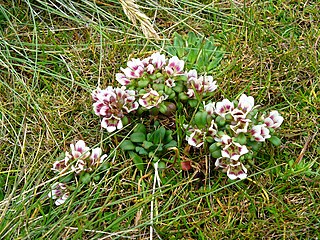
Gentianella concinna is a flowering plant species, endemic to the Auckland Islands of New Zealand.

Ranunculus pinguis is a dark green, fleshy-leaved buttercup with relatively large, short-stalked flowers and narrow stiff yellow petals that grows in tufts. It is an endemic species of New Zealand on the Auckland and Campbell Islands that flowers from December to January and sets seeds between February and April.
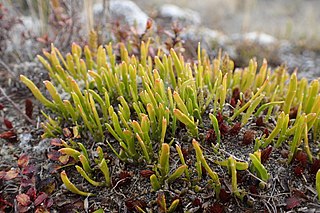
Carmichaelia nana is a species of plant in the family Fabaceae. It is found in both the North and South Islands of New Zealand. Its conservation status in 2013 was assessed as "At Risk (declinining)" under the New Zealand Threat Classification System, but in 2018 its risk under the same system became "Threatened-Nationally Vulnerable".

Anisotome antipoda is a species of flowering plant in the family Apiaceae, which is endemic to the Auckland, Campbell and Antipodes Islands.

Abrotanella rosulata is a plant in the family Asteraceae, endemic to the Campbell Islands.

Isolepis aucklandica is a species of flowering plant in the Cyperaceae family. It is native to New Zealand, Australia, Argentina, Peru, Colombia, Ecuador, Macquarie Island, the French Southern Territories of Saint Paul and Amsterdam Islands, and New Guinea.

Plantago aucklandica is a flowering plant in the family Plantaginaceae that is endemic to the Auckland Islands.

Gentianella cerina is a plant species in the Gentianaceae family, endemic to the Auckland Islands of New Zealand.

Juncus antarcticus, also known as dwarf rush, is a flowering plant species in the rush family Juncaceae, native to New Zealand and Australia.

Marsippospermum gracile, common name - alpine rush, is a flowering plant species in the rush family Juncaceae which is native to New Zealand.
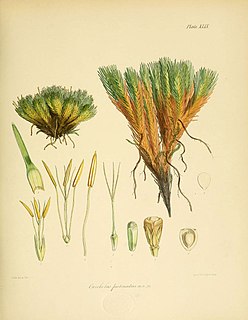
Oreobolus pectinatus is a species of flowering plant in the sedge family that is native to the subantarctic islands, and to the North and South Islands of New Zealand. The specific epithet derives from the Latin, pectin/pectinis,, and refers to the leaves.
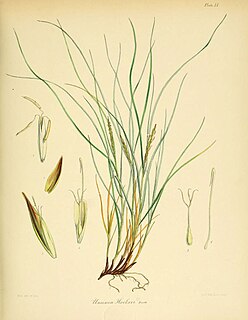
Carex erebus is a member of the sedge family and is found on the Antarctic Islands of Australia and New Zealand.

Agrostis subulata is a grass, which grows only on Campbell Island and on Antipodes Island in New Zealand.
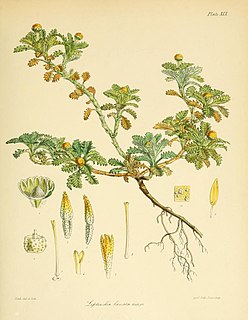
Leptinella lanata is a small flowering plant in the daisy family, native to the Antipodean Islands. Its specific epithet, lanata, describes its woolly-haired (lanate) rhizomes.
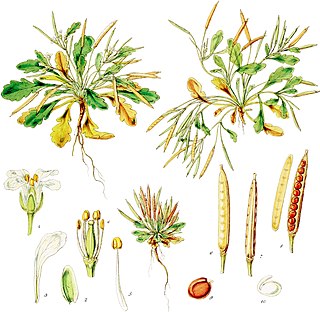
Cardamine depressa is a plant in the Brassicaceae family, found in the Antipodean Islands.





















